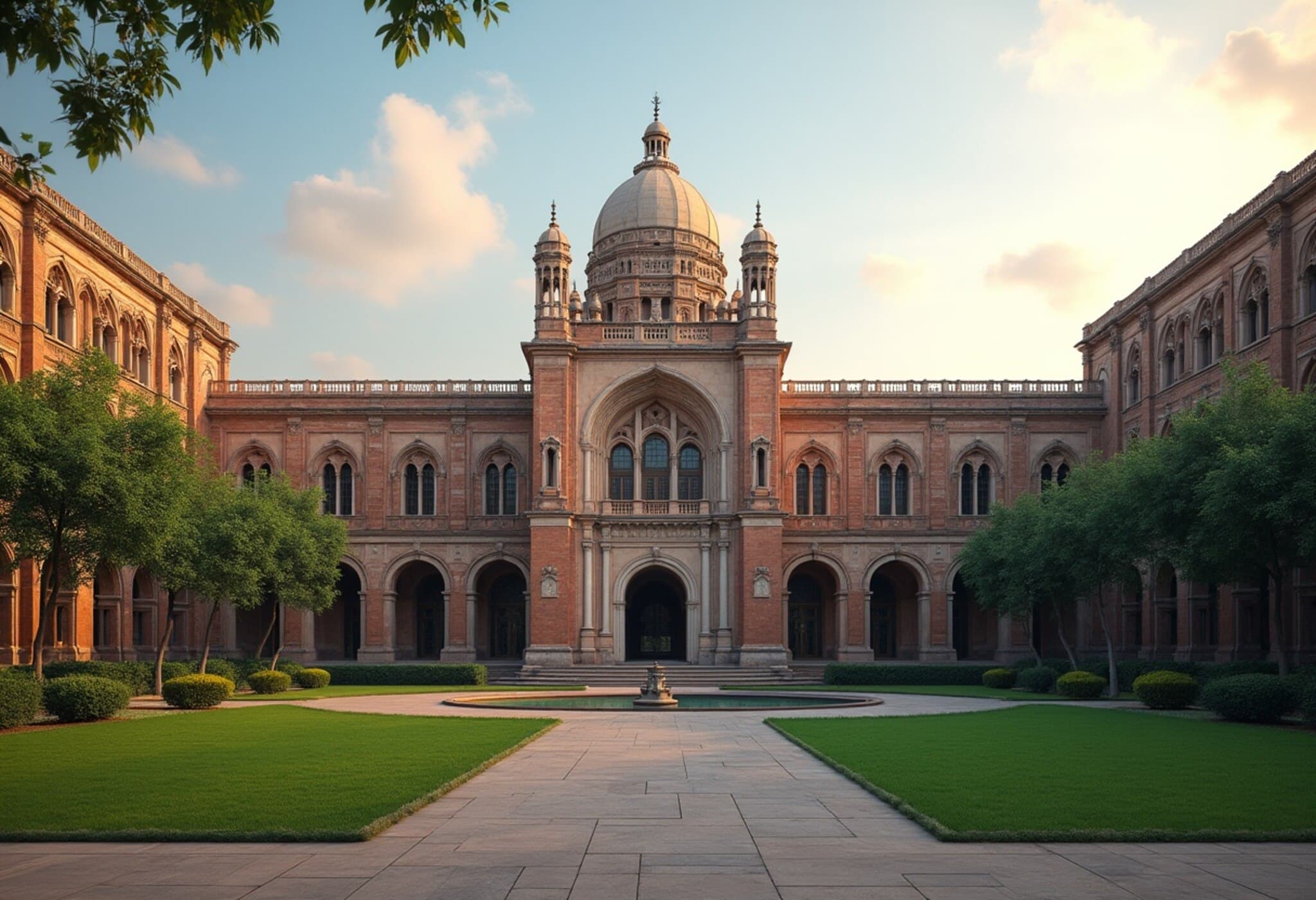QS World University Rankings 2026: Indian Institutes Climb Higher
The latest QS World University Rankings 2026 has seen a significant rise in the standing of Indian universities, with approximately 50% of them improving their ranks compared to last year. IIT Delhi leads this charge as the highest-ranked Indian institution, soaring to the 123rd position globally, a remarkable jump from 197th place two years ago.
India’s Top Performers and Their Progress
For the second consecutive year, Massachusetts Institute of Technology (MIT) remains the world’s top university, holding its crown for the 14th time. Behind IIT Delhi at 123rd, IIT Bombay ranks second in India at 129th globally, while IIT Madras has made the most impressive leap within the top five Indian institutions, rising 47 spots to claim 180th place.
| Rank in India | 2026 Global Rank | 2025 Global Rank | Change | Institution |
|---|---|---|---|---|
| 1 | =123 | =150 | +27 | Indian Institute of Technology Delhi (IITD) |
| 2 | 129 | 118 | -11 | Indian Institute of Technology Bombay (IITB) |
| 3 | 180 | =227 | +47 | Indian Institute of Technology Madras (IITM) |
| 4 | =215 | =222 | +7 | Indian Institute of Technology Kharagpur (IITKGP) |
| 5 | =219 | 211 | -8 | Indian Institute of Science (IISc), Bangalore |
Other notable improvements include the University of Delhi maintaining its rank at 328th, while Birla Institute of Technology and Science strengthened its position by climbing 14 ranks to 668th. Indian universities now total 54 institutions in the QS rankings, ranking India fourth globally in representation behind the US, the UK, and Mainland China.
Key Factors Behind IIT Delhi’s Rise
IIT Delhi’s steady ascension has been fueled by impressive scores in critical areas like Employer Reputation (50th worldwide), Citations (86th), and Academic Reputation (142nd). Additionally, sustainability efforts have contributed positively, positioning it at 172nd in this category.
Global Landscape: Top Universities and Trends
Globally, MIT continues its reign at number one, followed by Imperial College London and Stanford University at second and third respectively. The United States dominates the rankings with 192 universities featured, a majority of which have either improved or maintained their standings. Europe and Asia also show upward trends, with Germany reversing previous declines and Italy breaking into the top 100 for the first time thanks to Politecnico di Milano.
China’s universities are on the rise, led by Peking University (14th), Tsinghua University (17th), and Fudan University, which advanced nine spots to 30th place. Meanwhile, Hong Kong SAR gains recognition as the world’s second most improved higher education system, just behind Ireland among entities with five or more ranked universities.
| 2026 Rank | 2025 Rank | Institution | Location |
|---|---|---|---|
| 1 | 1 | Massachusetts Institute of Technology (MIT) | USA |
| 2 | 2 | Imperial College London | UK |
| 3 | 6 | Stanford University | USA |
| 4 | 3 | University of Oxford | UK |
| 5 | 4 | Harvard University | USA |
| 6 | 5 | University of Cambridge | UK |
| 7 | 7 | ETH Zurich | Switzerland |
| 8 | 8 | National University of Singapore (NUS) | Singapore |
| 9 | 9 | University College London (UCL) | UK |
| 10 | 10 | California Institute of Technology (Caltech) | USA |
New Metrics and Rankings Methodology
The 2026 rankings have expanded inclusivity, now featuring over 1,500 universities worldwide from more than 100 locations. A fresh unweighted indicator—International Student Diversity—examines proportions of international students and the range of their nationalities, reflecting globalized education trends.















